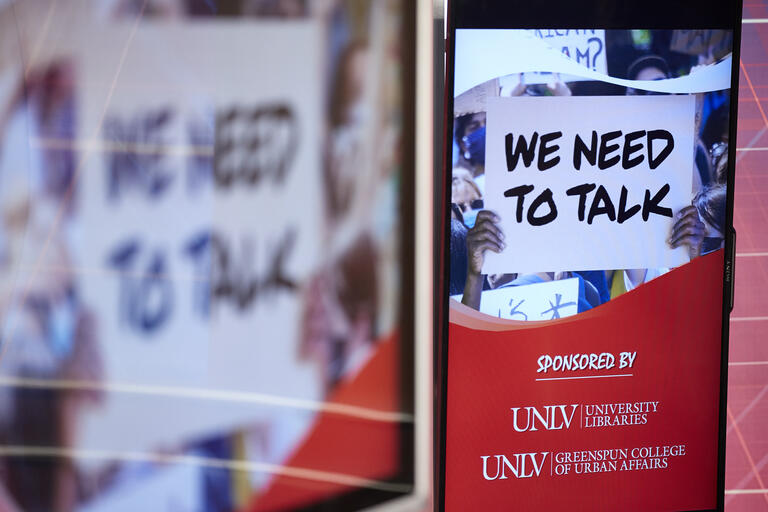An annual health survey of Nevada’s kindergarteners found more with health insurance – 93.8 percent – than at any other time in the report’s nine-year history, though one in five families still cite financial and other barriers to accessing health care.
The Nevada Institute for Children’s Research and Policy (NICRP) at UNLV administers the statewide Kindergarten Health Survey each year to parents of incoming kindergarteners. The survey assesses the overall health status of children starting school, identifies areas of improvement, and arms policymakers with consistent annual data.
NICRP administers the survey in partnership with the Nevada Division of Public and Behavioral Health and all of the state’s school districts. The 2016-17 report, published this summer, summarized survey responses from nearly 5,740 parents representing about 31,833 kindergarten students across 15 of the state’s 17 school districts.
“While it is great that we are seeing the uninsured rates of children decrease, we must be careful and not assume that insurance guarantees access to care,” said Amanda Haboush-Deloye, NICRP associate director. “Our state still has a shortage of medical and mental health providers, especially for young children. We need to increase quality providers across the state to ensure children have access to the care they need and deserve.”
The highest percentage of uninsured children lived in households that reported an annual household income of between $35,000 and $45,000. Researchers point to a possible lack of awareness about qualifications for assistance and/or the possibility that these families make too much to qualify for assistance but still cannot afford insurance. The percentage of uninsured Hispanic children, 9.6 percent, remains highest among all racial categories.
“Every child deserve access to quality care, especially during a child’s early years as they are still developing,” said Haboush-Deloye. “If all children have access to the mental and physical health services they need, they are less likely to miss school and will be better prepared to learn when in the classroom.”
The 2017 report also noted some slight shifts in preschool attendance. While more entering kindergartners attended a school district preschool than the previous year – 29 percent to 25.4 percent – the number of kindergartners with no preschool experience rose slightly to just more than 32 percent.
Additional findings include:
- 32.6 percent of entering kindergartners are overweight or obese and 16.8 percent are underweight.
- 77.4 percent received routine dental care in the past 12 months and more than 90 percent had at least one medical checkup, both slight increases from the previous year.
- Fewer than half (45.7 percent) were physically active for at least 60 minutes 6-7 days per week, down roughly three percent from the previous year and nearly eight percent from three years ago.
- Kindergartners are spending more time playing video games and watching television: 8 percent played three or more hours of video games per school day, up from 5.4 percent the previous year. 18.8 percent watched three or more hours of TV per school day, up from 16.2 percent.
The research team included Haboush-Deloye, Patricia Haddad (Research Assistant at NICRP), Tara Phebus (Executive Director at NICRP), and several research assistants.
To access the full report, contact the NICRP at (702) 895-1040 or visit nic.unlv.edu.



